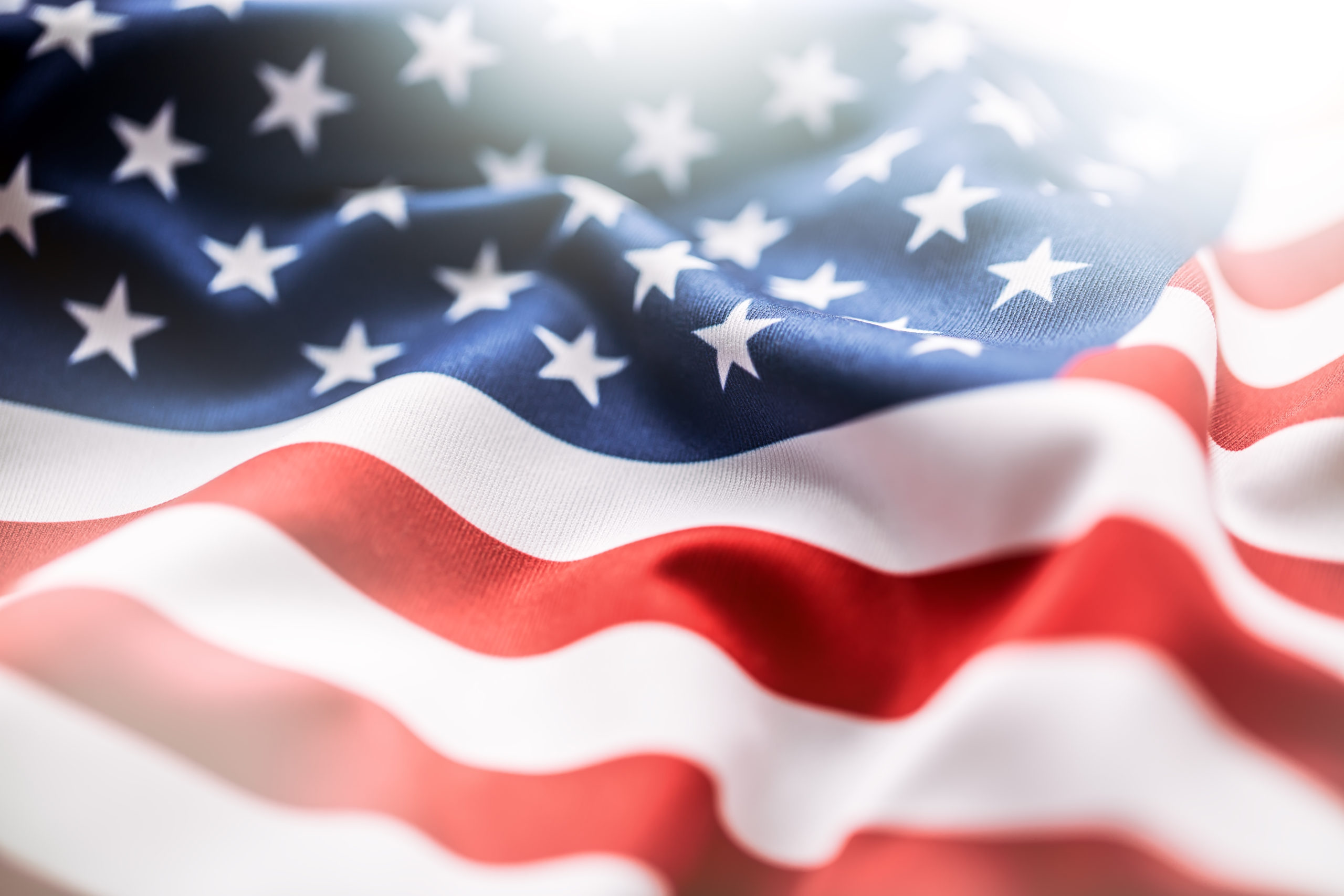Tips for making your clothes look like new
1. Reduce the amount of detergent you use in the washing machine.
More doesn’t always mean better, especially when it comes to laundry detergent. Too much detergent can leave a powdery residue or dull sheen on your clothes. Best to use the very minimum recommended for your washing machine or, better yet, use detergent pods.
2. Keep pet hair in check.
If you have a cat or a dog in your home, you have pet hair on your clothes. However, too much pet hair can damage the fibers in your clothing and cause them to break down—a good reason to keep on top of brushing pet hair from your clothes or removing it with tape.
3. Wash dark clothing inside out.
Another tip for keeping your clothes looking newer longer is to wash your dark clothing inside out. This way the dye in the clothing will run onto the other side of the piece rather than washing down the drain.
4. Wash your clothes a second time without soap
Running your clothes through the wash cycle a second time without the soap will help get rid of any residual detergent and help your clothes last longer. You’ll be amazed at how much soap is still in the drum during this second “wash.”





